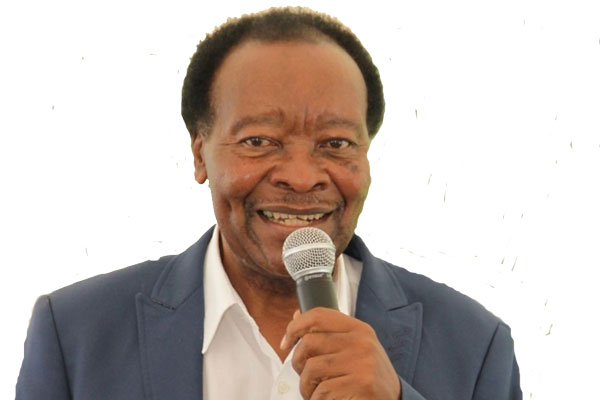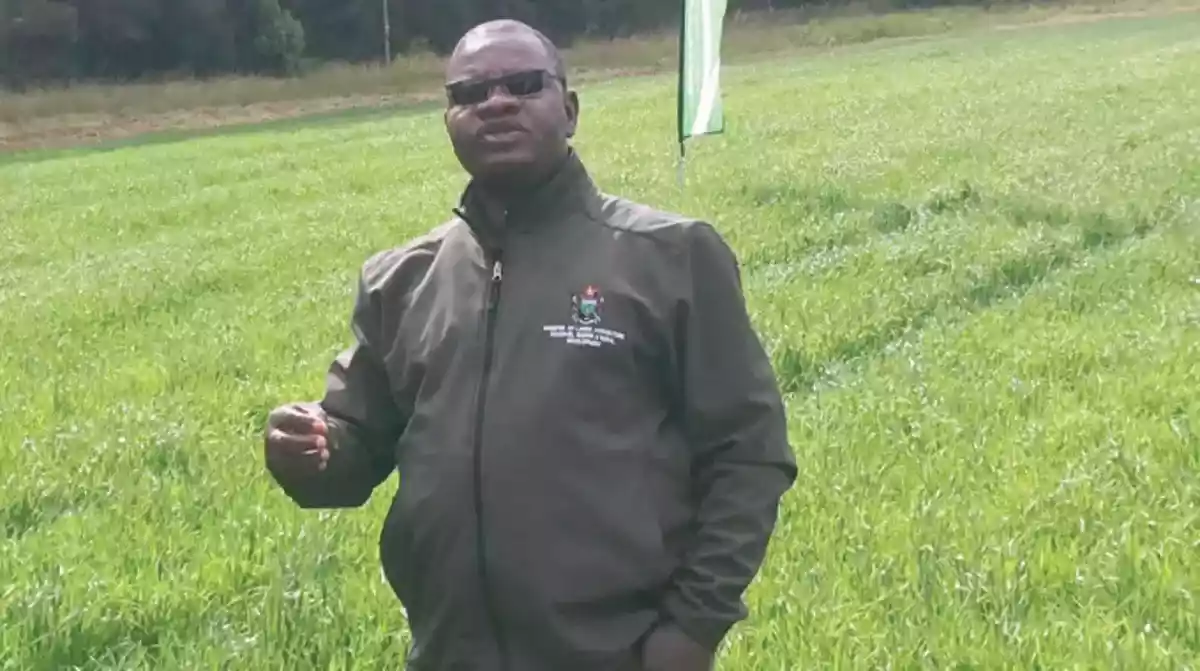
By Fred Zindi
I am not a prophet like the late T.B. Joshua or his subordinates, but I can make predictions for the music industry in the year 2022 which I see as the transformative year for Zimbabwean music.
Predictions are usually statements about what one thinks will happen in the future. I have made several of them, some positive and others negative in a list below.
Let’s take a look back at the year 2021 then go out on a limb for what could happen in 2022. We are in unpredictable territory for a bunch of reasons, but there are encouraging trends in the music industry.
As we already know, the music industry has been hit hard by the coronavirus pandemic with live performance revenue being the biggest casualty.
It’s undeniable that 2021 has been the year where a lot of musicians have been more creative online and have used live streaming platforms like TikTok, Instagram or Twitch to provide high quality content to audiences and very often by incorporating licensed music in their streams. Last year, streaming accounted for 83% of music consumption.
In 2022, this trend will continue for many consumers. This year, we will see more and more creators and artistes showcasing their own music creations when streaming in order to promote their content, attract new followers, and engage with their fans online.
The live streaming space will become incredibly noisy as every band and singer searches for new ways to provide a live music experience during these weird times.
- Chamisa under fire over US$120K donation
- Mavhunga puts DeMbare into Chibuku quarterfinals
- Pension funds bet on Cabora Bassa oilfields
- Councils defy govt fire tender directive
Keep Reading
With the advancement in technology, music consumption through CD sales is going to be a thing of the past in the year 2022.
TikTok will become even more dominant. TikTok is an absolute monolith.
In September 2021, the platform announced a whopping 1 billion active users, and its growth does not show any signs of stopping.
The opportunity for virality and social media explosion on TikTok is huge for artistes.
This makes it one of the most important digital platforms for music in 2022.
Gone are the days when one would simply walk into a record shop and buy a vinyl disc to play on a gramophone at home. Today’s kids do not even know what a record player looks like, let alone a 12-inch vinyl record.
Over the last few years, consumption habits have been slowly changing.
It’s here now and figuring out how to smash short form TikTok style content for our music is how artistes can meet this growing demand.
The industry is fighting back with new ways to monetise music consumption and innovative models: It is easy to host a live concert using online platforms that will attract millions of live viewers.
The crisis is likely to accelerate underlying trends in the music industry, based on the importance of streaming, which has grown from 9% to 47% of total industry revenues in just six years.
Album launches will be fewer in 2022 and podcasts will be the new trend that will be competing more and more for fans as podcasts do not really require the artistes to get paid. A lot of music consumers will try to download music for free, which is a big disadvantage to the creators of such products.
The global music industry is worth over $50 billion, with two major income streams.
The first, live music, makes up over 50% of total revenues and is derived mainly from sales of tickets to live performances. There will be few live performances this year which means that 50% of music industry revenue will be lost.
As the world welcomes 2022 amid Covid-19 explosion, bars and restaurants will continue to close while musicians will continue to play hide and seek with law enforcement agents as they try to make a living. Other artistes do not even know that there are restrictions in place as they keep on looking for work.
It looks like the end of the world for humanity; what with floods, drought, fires, volcanoes, earthquakes and of course Covid-19 variants such as delta and omicron.
Using the law of averages and based on 2021 statistics of artistes’ deaths in Zimbabwe where Soul Jah Love, Friday Mbirimi and Cuthbert Maziwa died, at least two well-known artistes will also die this year. There is also the possibility that several bands are going to disintegrate this year. This includes musicians fleeing from one top artiste.
The year 2021 for musicians was interesting to say the least.
So much happened that we may have been able to expect, and some parts of the music industry took us completely by surprise.
Quite a few female musicians left Zimbabwe to seek greener pastures. We have the likes of Eve Kawadza (now married to Jamaican, Noel Blair and lives in Orlando, Florida), Claire Nyakujara, a solo artiste at Disneyland, Cindy Munyavi and Fatima Katiji, aka ‘Stimela’ ( former member of Jah Prayzah’s Third Generation Band and backing vocalist-cum- dancer) who are all now comfortably settled in the United States.
Some have quit the industry altogether while others are seeking alternative ways of making it.
Despite this, there are going to be several new kids on the block.
Out of desperation for something to do, many unemployed youths will soon surface onto the music scene.
The landscape for artists is changing every single day.
So how does 2022 look for the music industry, and how can independent artistes stay ahead of their game? No doubt, there will be a huge increase in prices for music products just like there has been increases in prices of other goods in the supermarkets, in electricity and fuel.
Consumers will try their best to avoid paying for music. More marketing strategies need to be thought out.
Here are more music industry predictions and upcoming music business trends to look out for in 2022.
The first one is that the thirst for live concerts becomes greater this year.
The current state of live music is that it’s still trying to get back on its feet.
In Zimbabwe, we are lucky to be still operating on level 2 of the pandemic restrictions. Small gigs which will attract no more than 100 patrons in small venues will continue to take place, but curfew time must be observed. This is not good news for the likes of Jah Prayzah or Winky D whose fan bases exceed 100.
However, as we enter 2022, efforts will be made by music promoters to arrange big concerts but despite this, more concerts will be postponed and huge tours will also be cancelled.
We have already seen evidence of this. In November 2021, Major League from South Africa came but were not allowed to perform in Harare after fans had already paid for tickets to watch them.
They promised to come back on December 22, but failed to do so.
Fans eager for that live music buzz have simply been waiting far too long to watch their favourite bands and singers tear it up on stage. The musicians too, who seem to be getting rusty, are more than eager to get back on stage in front of hundreds of fans.
Keeping fingers, toes and everything else crossed, 2022 should be one of the biggest years for live concerts and gigs as people crave the booming return of the live music industry, but for as long as the omicron, this new Covid-19 variant continues to affect the world, live music will continue to be a scarcity.
It is clear to see that static images will become more video-based in general as they are more engaging overall for fans and music consumers.
We are already seeing this with the rise of Spotify canvas and consumption. I think there will always be artwork but there will also be versions for Apple/Spotify and more.
There are going to be more online music teachers in 2022.
As music professionals search for more ways to monetize their knowledge and skills, the rise in music teachers online will be insane in 2022.
Everyone is more than comfortable on video calls and Zoom webinars now that monetising this space seems obvious.
Music teaching online is really, really noisy. Artistes who are simply good at their craft but do not know how to deal with computers or other online gadgets will be at a loss. If they are going to tackle this, they need to become music marketing experts in order to stand a chance.
Only the strongest will survive! Artistes are responsible for sitting in the driver’s seat and for driving their music to their fans. There will be need for this hustle in 2022.
We hope that 2022 will bring a happy new year and better fortunes for musicians.
- Feedback: [email protected]










